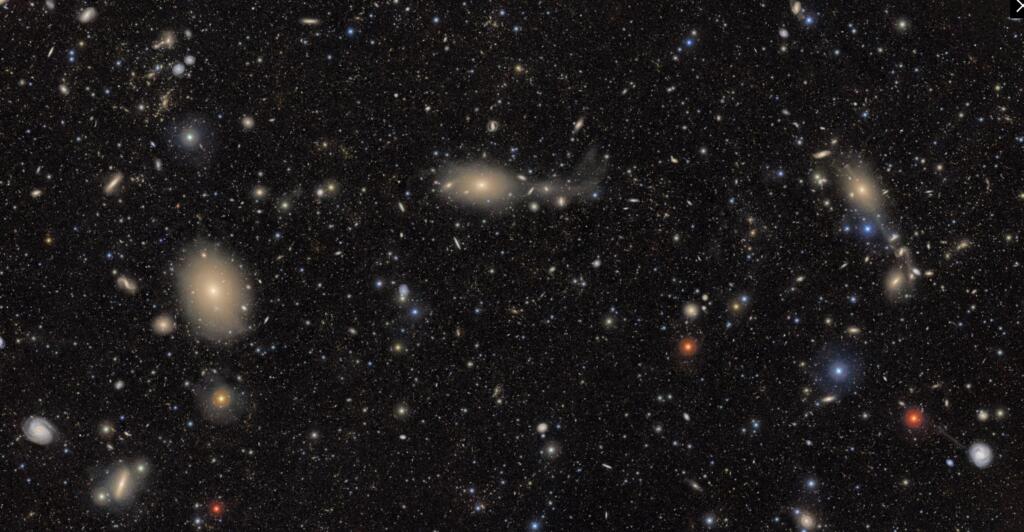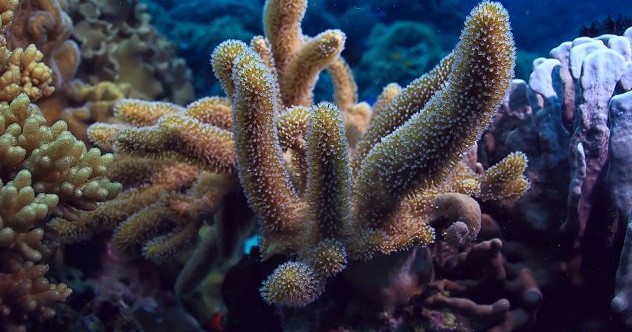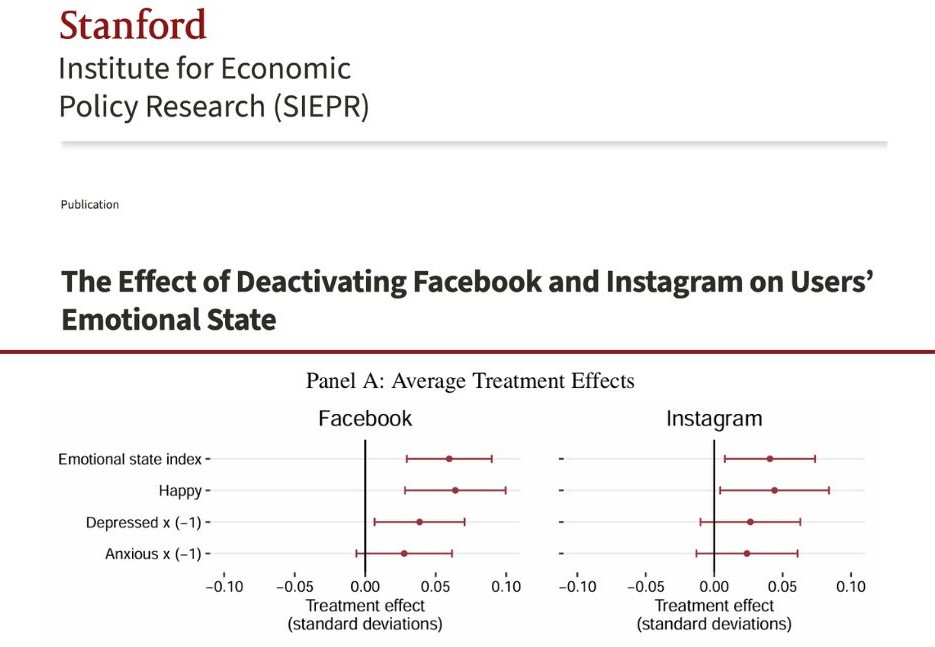The Vera Rubin Telescope Observatory is now operational and is enable astronomers to explore galaxies, stars in the Milky Way, objects in the solar system, and all in a truly new way. In its first 10 hours of test observations, the observatory has discovered 2,104 never-before-seen-asteroids, including seven near-Earth asteroids, none of which pose any danger. It will be able to discover about asteroids at a rate 100 times greater than all other telescopes combined.
Above- Made from over 1100 images captured by NSF-DOE Vera C. Rubin Observatory, this image contains an immense variety of objects, demonstrating the broad range of science Rubin will transform with its 10-year Legacy Survey of Space and Time. The image includes about 10 million galaxies, roughly .05% of the approximately 20 billion galaxies Rubin Observatory will capture over the next decade.

The Vera C. Rubin Observatory, previously known as the Large Synoptic Survey Telescope (LSST), is a state-of-the-art astronomical facility designed to conduct the Legacy Survey of Space and Time (LSST). This 10-year project will repeatedly image the entire southern sky using an 8.4-meter primary mirror and a 3.2-gigapixel camera, making it exceptionally well-suited for detecting moving objects like asteroids. Below, I address your questions about the number of asteroids it is expected to find, the size and specifications of these asteroids, and relevant arXiv papers on its performance plan.
Expected Number of Asteroid Discoveries
The Vera Rubin Observatory is poised to dramatically expand our catalog of known asteroids. Current estimates suggest:
Approximately 5 million new asteroids will be discovered within the first two years of operation. This is a significant leap from the roughly 1 million asteroids identified to date.
Over the full 10-year survey, the total could reach or exceed 5 million asteroids, including those in the main asteroid belt, near-Earth objects (NEOs), and other solar system regions.
This capability stems from the telescope’s ability to image the entire visible sky every few nights, allowing it to detect transient objects with remarkable efficiency. Early test observations reinforce this potential: in just 10 hours, the observatory identified over 2,100 new asteroids, hinting at the millions more it will uncover during its mission.
Annually, about 20,000 asteroids are discovered in total by all other ground and space-based observatories. Rubin Observatory alone will discover millions of new asteroids within the first two years of the Legacy Survey of Space and Time. Rubin will also be the most effective observatory at spotting interstellar objects passing through the Solar System.
The Vera C. Rubin Observatory is on a mountaintop in Chile. It’s equipped with a specially-designed large telescope, as well as a car-sized digital camera that’s the biggest such camera in the world.
The camera is controlled by an automated system that moves and points the telescope, snapping pictures again and again, to cover the entire sky every few days. Each image is so detailed, displaying it would take 400 ultra high-definition television screens. The images are 3200 megapixels.
It constantly comparing new images to ones taken before. The computer systems will be able to spot anything in the sky that changes or moves. It can detect about 10 million changes every night.

Brian Wang is a Futurist Thought Leader and a popular Science blogger with 1 million readers per month. His blog Nextbigfuture.com is ranked #1 Science News Blog. It covers many disruptive technology and trends including Space, Robotics, Artificial Intelligence, Medicine, Anti-aging Biotechnology, and Nanotechnology.
Known for identifying cutting edge technologies, he is currently a Co-Founder of a startup and fundraiser for high potential early-stage companies. He is the Head of Research for Allocations for deep technology investments and an Angel Investor at Space Angels.
A frequent speaker at corporations, he has been a TEDx speaker, a Singularity University speaker and guest at numerous interviews for radio and podcasts. He is open to public speaking and advising engagements.
























